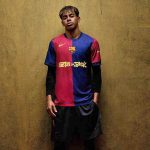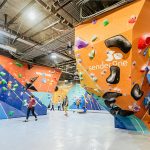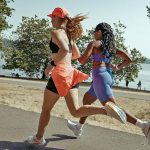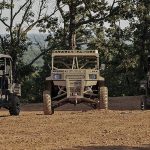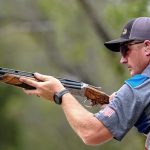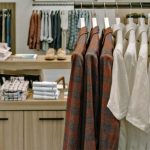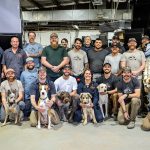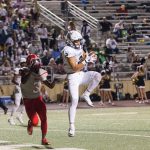At the recent Roth Capital Partners New York Conference in Times Square, K2 Inc.s CEO Dick Heckman gave investors and the media some insight into the company, its acquisition strategy and the on-going integration efforts. With nearly every category in sporting goods catered to by one K2 brand or another, Heckman covered ground quickly, touching on the highs and/or lows of each division.
The company has averaged 7% to 8% organic growth over the last twelve months, while the sporting goods industry is growing at the slightly slower rate of 4% to 5% per year. KTO currently has 15,000 individual retail accounts and, according to Heckman, at least one product category in “every major retailer in the world.”
In SnowSports, 41% of all of the skis in the U.S. next year will be manufactured by a K2 company, according to Heckman. Additionally, K2 currently controls 82% of the snowshoe market. While K2 does not posses a single brand as strong or as large as Burton across all of the companys snowboard brands, it manufactures more boards than any other company.
Heckman said that the paintball market is currently suffering from too many brands and too much product, but a “shakeout” is in process, and he expects this industry to turn around soon. In-Line skates are in a similar situation, but the shakeout is nearing an end and the industry is stabilizing.
In Team Sports, the Rawlings and Worth integration is beginning to see synergies make a real difference in performance. The company produces 1.4 million dozen baseballs every year. This end of the business was said to be “strengthening significantly” due to the synergies and several initiatives in place. K2s merchandising initiative was said to have the biggest impact, and the company has taken this one step further and now has K2-employed replenishment agents in four separate retail chains making sure the stock levels of K2 product are adequate.
The company has taken its biggest strides in Apparel over the past few months. Today, Marmot, K2, Ride, Morrow and Marker all have apparel divisions housed under one roof, with one sourcing structure, shared technology and shared manufacturing. This will give all of these brands higher volume, a broader reach, and better economies of scale. The industry can expect to see the apparel launch for all of these brands in 2006.
Also in 2006, K2 will see all of these synergies impacting the bottom line with better margins and lower SG&A as a percentage of sales. Moving into 2007, the synergies are expected to have an even greater impact.
Heckman acknowledged that he has “taken a little heat” due to his acquisition strategy, especially since K2 has not completed an acquisition since the Volkl, Marker, Marmot deal last summer.
He said that this is mainly due to “huge pressure” from private equity firms, and said that he “cannot understand” how PE firms pay 10 times EBITDA and “make it work.” He also said that K2 has passed on “every major deal” in this industry in the past 24 months and until the prices come back into line, “we cant do it.”



